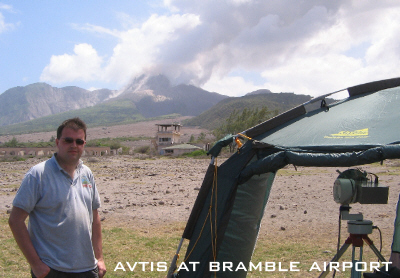
home | Who are we? | Workshop | Resources | Links | Gallery |
| AVTIS - the future |
'Vision For The Future' is an EPSRC funded project run by the MMW group at the University of St Andrews
Copyright ©2006 by the University of St Andrews :: web, graphic and exhibition design by FifeX Ltd, www.fifex.co.uk
